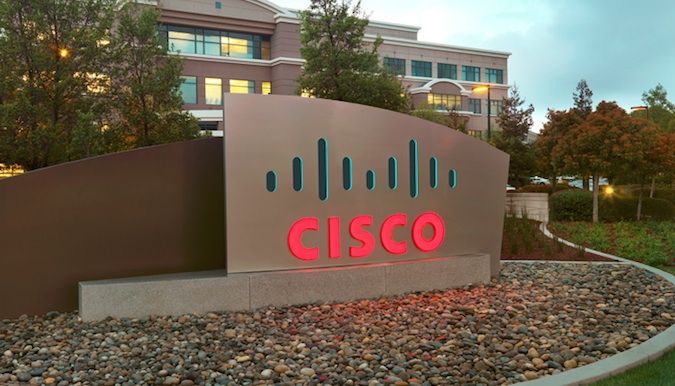After networking rival Juniper Networks disclosed that it had discovered “unauthorized code” in its ScreenOS that could allow an attacker gain administrative access of NetScreen devices and decrypt VPN connections, Cisco on Monday said it has initiated a review of its own products for similar malicious modification.
Cisco, which claims a “no backdoor” policy, said it has not seen any of the indicators discussed in Juniper’s disclosure, but will be taking a deeper look into some of its products as an added measure of confidence.
“Although our normal practices should detect unauthorized software, we recognize that no process can eliminate all risk,” Cisco’s Anthony Grieco noted in an update to customers. “Our additional review includes penetration testing and code reviews by engineers with deep networking and cryptography experience.”
Cisco said the additional review was done on its own accord, and said law enforcement has not contacted the company about the issue.
“We are doing this because it’s the right thing to do,” Grieco said.
Cisco said it would investigate all credible reports and disclose findings with customer implications.
After analyzing the differences between the vulnerable and patched versions of Juniper’s ScreenOS, Rapid7’s HD Moore determined that the authentication backdoor, which can be exploited via SSH or Telnet, involves the default password
Initially, it appeared that the code for both the authentication backdoor and the VPN decryption issues was introduced sometime in 2012. However, since it has been clarified that the authentication bypass flaw only affects ScreenOS 6.3.0r17 through 6.3.0r20, Moore believes the administrative access backdoor was only introduced sometime in late 2013. Earlier this year, researchers at FireEye spotted more than a dozen Cisco routers on which attackers planted malicious firmware that allows them to maintain persistence in the targeted organization’s network, which Cisco warned about in August after noticing stolen credentials being used to install malicious firmware.
In December 2013, German news magazine Der Spiegel reported obtaining a document describing tools used by the NSA to compromise routers, servers and firewalls from various vendors, including Juniper’s NetScreen firewalls, resulting in speculation that the NSA might be behind the backdoor.
In 2014, Cisco CEO (at the time) John Chambers complained in a letter to US President Barack Obama about the NSA’s spying practices, saying they were harming overseas business for US tech firms.
Related: Juniper Firewall Backdoor Password Found in 6 Hours
